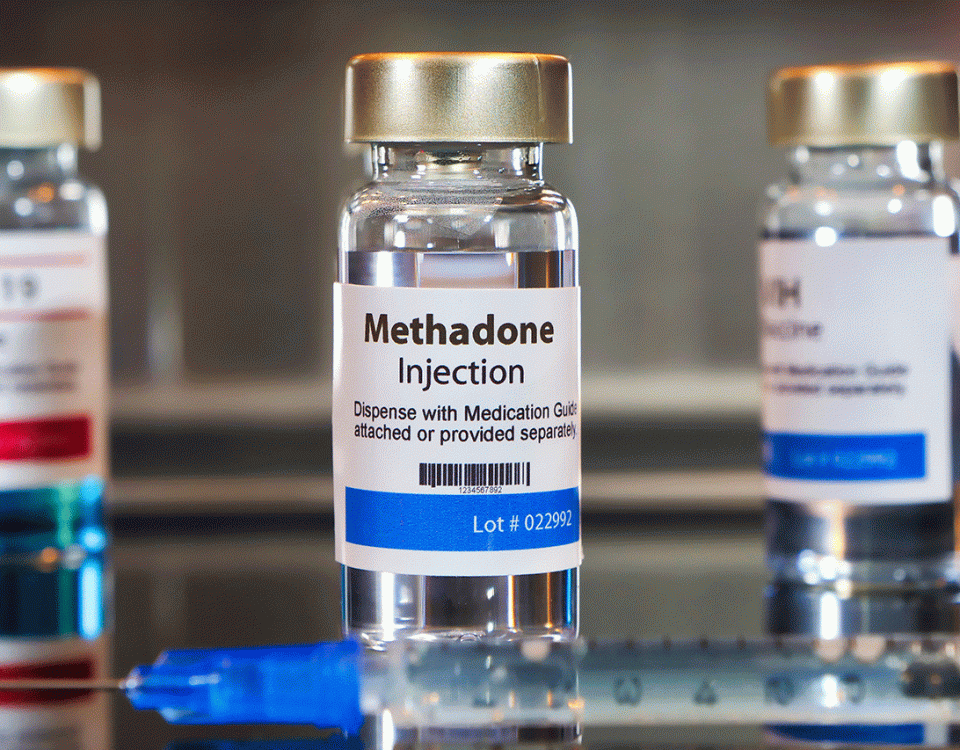Dilaudid (hydromorphone) is one of the most powerful synthetic narcotics in the opioid drug class, all of which are used primarily to treat moderate to severe and/or chronic pain. Unfortunately, as effective as they are, opioids like Dilaudid are also known for their addictive nature, so much so that users who are not careful can develop a tolerance to and dependence on these drugs. For these reasons, many end up addicted to their opioid medications, which can present risks like addiction and overdose. Today, our Palm Springs rehab is sharing what happens when you overdose on Dilaudid and what to do.
Questions about our Facilities or Programs?
Our admissions coordinators are available 24/7 to answer any questions you may have as you consider whether treatment at Banyan is right for you or your loved one.
What Is Dilaudid and How Does It Work?
Dilaudid is the brand name for hydromorphone, a Schedule II controlled substance and opioid that is prescribed for moderate to severe pain. Dilaudid works by attaching opioid receptors in the brain and central nervous system (CNS) to dull pain. This medication also triggers the release of dopamine in the brain, a neurotransmitter that is linked to improved mood and pleasurable feelings.
Opioids like Dilaudid activate the reward center of the brain, which interprets the behavior (such as drug use, in this case) as something pleasurable that should be repeated. The more this drug is abused, the less dopamine the brain produces naturally, and the more reliant the body becomes on Dilaudid.
Additionally, while physical dependence is normal for many patients who take opioid medications long-term, it is also a symptom to be wary of, as it could lead to addictive behaviors. Once tolerance and physical dependence take hold, the user will take pills more often, which can cause them to finish their prescriptions ahead of schedule.
Tolerance is when a regular dose no longer works the same way on the body as it once did. Those with tolerance may experience Dilaudid withdrawal symptoms once the drug wears off. Those who want to stop taking the drug but are not able to may have a substance use disorder.
Can You Overdose on Dilaudid?
Every day in the United States, forty-four people die from a prescription opioid overdose.1 Powerful narcotics like Dilaudid slow down several of the necessary functions in the body, such as breathing, heart rate, body temperature, and blood pressure. With that said, you can overdose on Dilaudid if you take more than the recommended or prescribed dose. The Dilaudid overdose amount is anything above 75 ng/ml.
Common Dilaudid overdose symptoms include:
- Shallow, slow breaths or trouble breathing
- Drowsiness
- Loss of consciousness or falling into a coma
- Lack of muscle tone or flaccid skeletal musculature
- Cold or clammy skin
- Constricted pupils
- Low blood pressure
- Weak pulse or slow heart rate
Anytime too much of a substance makes its way into the bloodstream at once, an overdose can occur. Taking more than the normal dose of Dilaudid and the method by which a person takes a substance can also impact the severity of hydromorphone overdose.
For example, snorting, smoking, or injecting sends the drug between the blood-brain barrier rapidly, which can raise the risk of overdose. Injecting Dilaudid can also increase the risk of overdose and symptoms like a collapsed circulatory system, cardiac arrest, and apnea.
Taking other drugs or alcohol with Dilaudid also heightens the potential hazards and the possibility of experiencing a life-threatening overdose. Depressants like benzodiazepines and alcohol are among the most dangerous substances to combine with Dilaudid, as they also depress the CNS and can therefore exacerbate overdose symptoms.
An overdose of Dilaudid is also a concern for people who have undergone an opioid detox and then suffer a relapse. Using Dilaudid again after the body has been cleaned out of the substance can be dangerous as the person may return to using the drug at the same doses and frequency only to discover their tolerance has changed. This increases the likelihood of overdose, as the body would be more sensitive to the drug and, therefore, more susceptible to toxicity.
A hydromorphone overdose is potentially fatal, and immediate medical attention should be sought if you suspect that someone is overdosing. If you notice any signs of Dilaudid overdose in someone, call 9-1-1 immediately. If you have naloxone on hand and know how to use it, administer it to the individual to temporarily block overdose symptoms.
Getting into treatment is easy with our free insurance verification
"*" indicates required fields
Dilaudid Abuse and Addiction Treatment
Professional addiction treatment is the best option for those struggling with substance use disorders. Our Southern California rehab offers both medically supervised detox and substance-specific treatment to ensure that each client receives an individualized treatment program.
We also offer various substance abuse therapy programs to aid in clients’ mental and emotional recovery from drug use, including programs like CBT, DBT, and others.
For more information about our services and how we can help you achieve your sobriety goals, call Banyan Treatment Centers Palm Springs today at 888-280-4763.
Related Reading:









